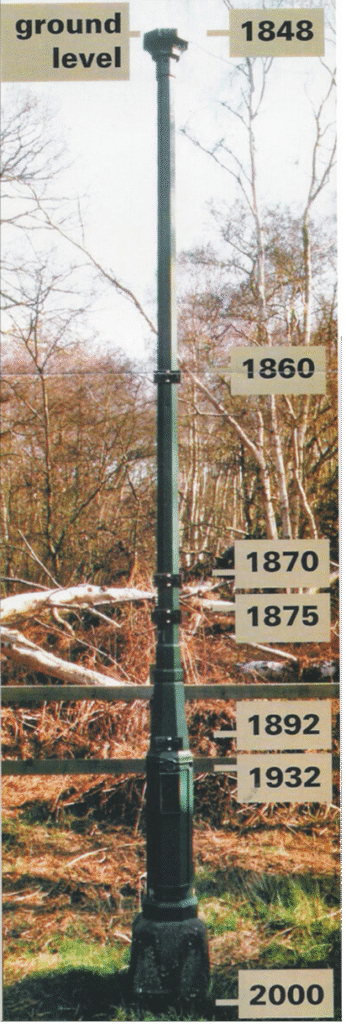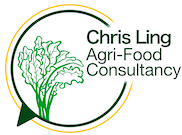The path to achieving Net Zero Carbon/ Greenhouse (GHG) emissions in Agriculture is one that is going to be difficult to navigate. More so than any other sector of the economy such as energy production, transport or industry, agriculture faces challenges in reducing its GHG emissions to zero for 2 reasons. Firstly, unlike most other sectors, its emissions are not just Carbon Dioxide but also include 2 highly potent greenhouse gases, Methane and Nitrous Oxide. The first is circa 27 times more potent than Carbon Dioxide, although its life is relatively short at 10-12 years before it is broken down. Nitrous Oxide however is circa 270 times more potent than Carbon Dioxide and lasts over 100 years in the atmosphere. The second reason why it will be challenging is that agriculture is based on naturally occurring biological systems such as the Carbon and Nitrogen cycles which cannot be simply circumvented to grow food.
Agricultural GHG emissions in the UK, at 45 Mega Tonnes, represent 11% of total UK emissions, it produces roughly half the UK’s total emissions of Methane, over two-thirds of Nitrous Oxide but less than 2% of total Carbon Dioxide emissions. Of the total UK Agriculture sector’s GHG emissions 55% are Methane, much from ruminant livestock with some from the storage of livestock manures and slurry, about a third comes from Nitrous oxide and 13% from Carbon Dioxide. Nitrous Oxide is produced largely as a by-product of the Nitrogen cycle where fertilisers, both synthetic and natural, are applied to crops and some indirectly from the breakdown of ammonia gas from livestock manures. The point here is that ruminant livestock are not the only large source of GHG emissions from Agriculture: growing crops generates significant proportions of Nitrous Oxide, the most potent GHG.
There are some other practices which UK agriculture has used over the course of its history which continue to be a cause of GHG emissions, one of which is the draining of peat bogs to convert to agricultural land. Peat bogs come in the form of upland peat bogs and lowland fens. The damage to peat bogs is a continuing process and releases Carbon Dioxide into the atmosphere. Currently, it is estimated that fenland converted to agricultural use releases 10 Mega Tonnes of Carbon Dioxide per year (methane from agriculture produces c. 24MT of carbon dioxide equivalent) and the upland bogs release c. 5MT per year. Fenland is highly productive crop land, instrumental in growing many of our vegetable and salad crops. Peatland is the largest terrestrial reservoir of carbon and damaged ones release 5% of GHG emissions globally.
There are a set of cast iron posts sunk into the fens at Holme Fen in East Anglia in the early 1850’s (see image below: in case you are wondering, a wooden post was installed in 1848, replaced by the first iron post in 1851). Today, 4m of these posts are visible which illustrates how much the surface of the fen has sunk, much of it released as carbon. You can read more about Holme Fen in the following link, The Holme Fen Posts. If we can regenerate peat bogs, they could help capture huge amounts of carbon and the unique benefit they have is that this sequestration of carbon is to our purposes limitless as the peatbog lays down 1mm per annum ad infinitum as organic matter is broken down. This is unlike planting trees or hedges, for instance, where they reach a natural limit for carbon sequestration where there is an equilibrium between the carbon captured in an annual cycle and the carbon released e.g. from fallen leaves.

This shows one of the dilemma’s we face: for all the anti-livestock lobby saying we should stop eating meat, do we also say we should stop eating food grown on damaged peatland? To my mind that would be akin to cutting off your nose to spite your face. The solutions we need to find to the challenges we face are more nuanced than either stopping eating meat or stopping the cultivation of peatland which is already converted.
